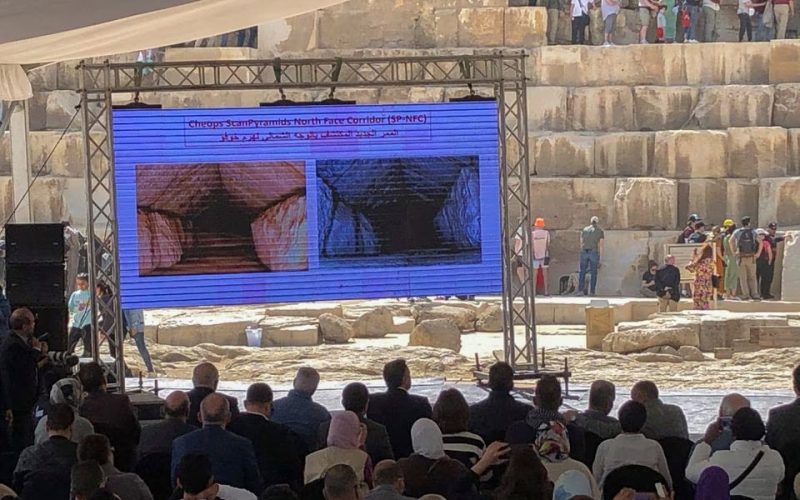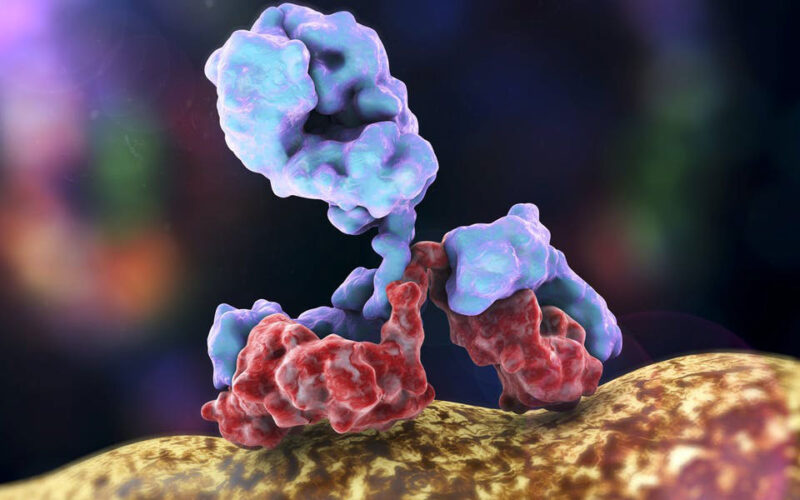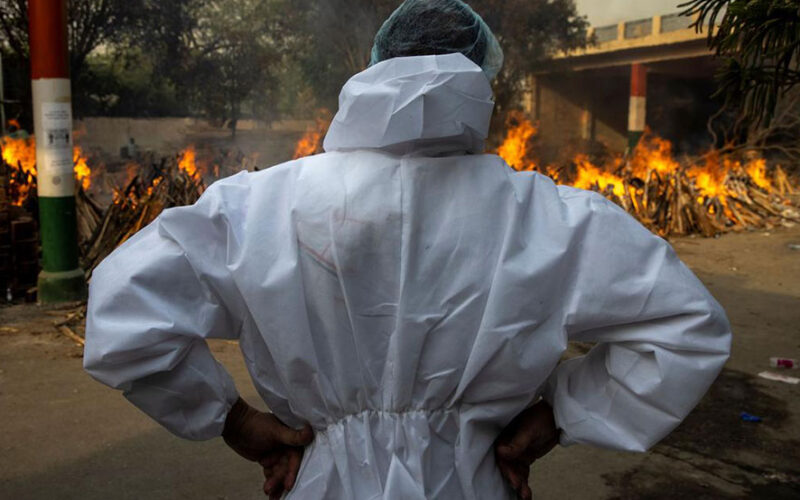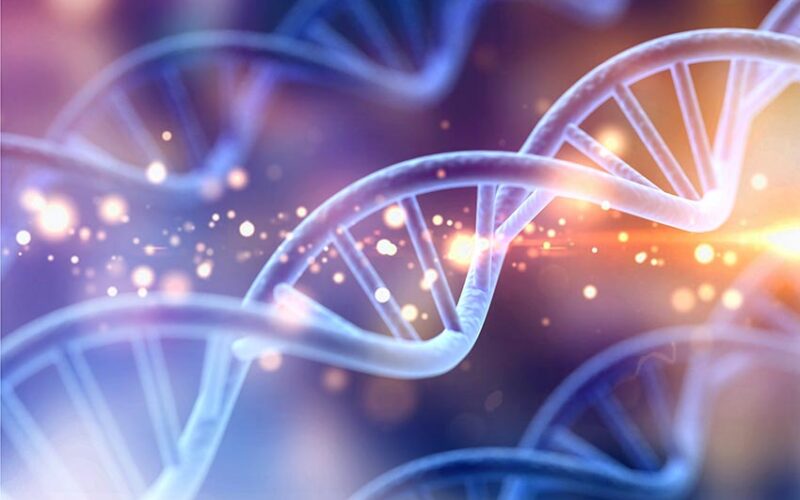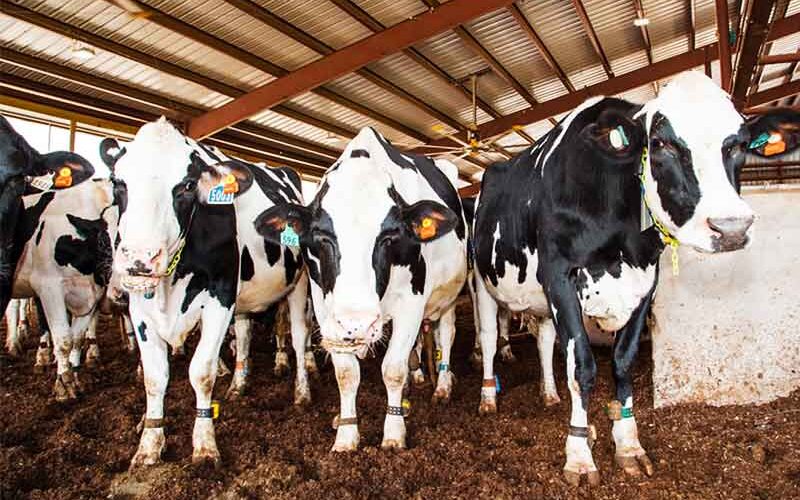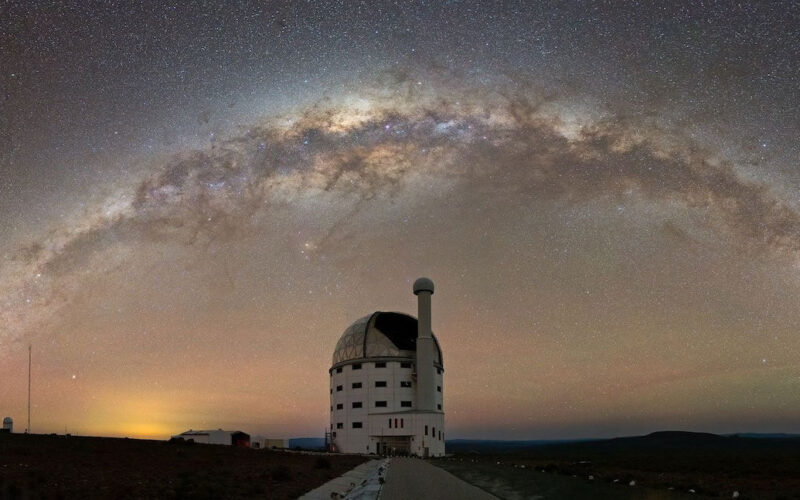
20 years ago South Africa had 40 qualified astronomers – all white. How it’s opened space science and developed skills since then
SOUTH African astronomy started an important journey two decades ago when an initiative to attract and train future scientists in the field welcomed its first group of students under the National Astrophysics and Space Science Programme. World-class facilities have been established during this period, the most notable of which are the Southern African Large Telescope (SALT) and the MeerKAT radio telescope, a precursor to the international Square Kilometre Array. They added to the South African Astronomical Observatory and Hartebeesthoek Radio Observatory which existed already. The National Astrophysics and Space Science Programme has played a vital role in ensuring that these…


